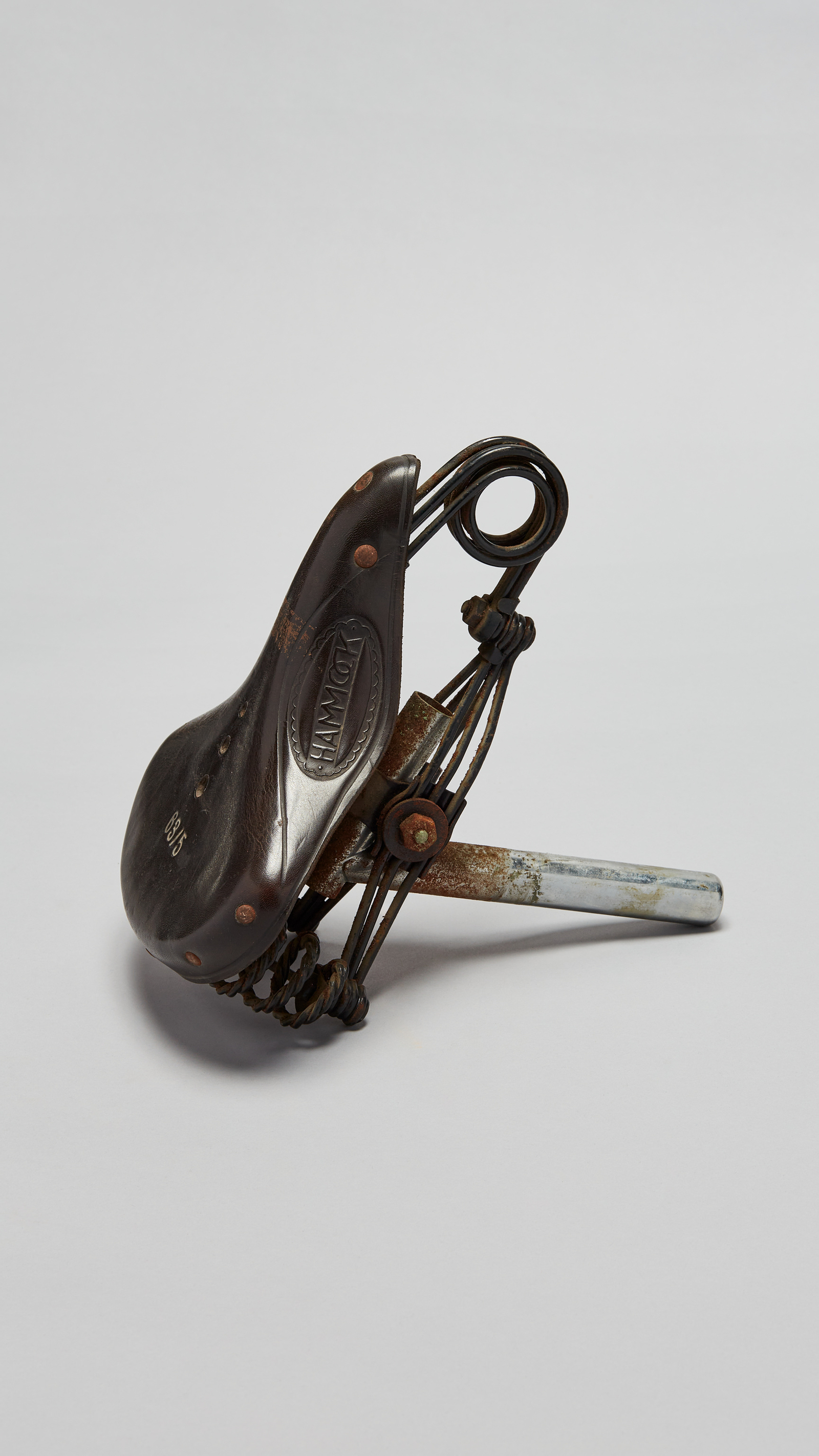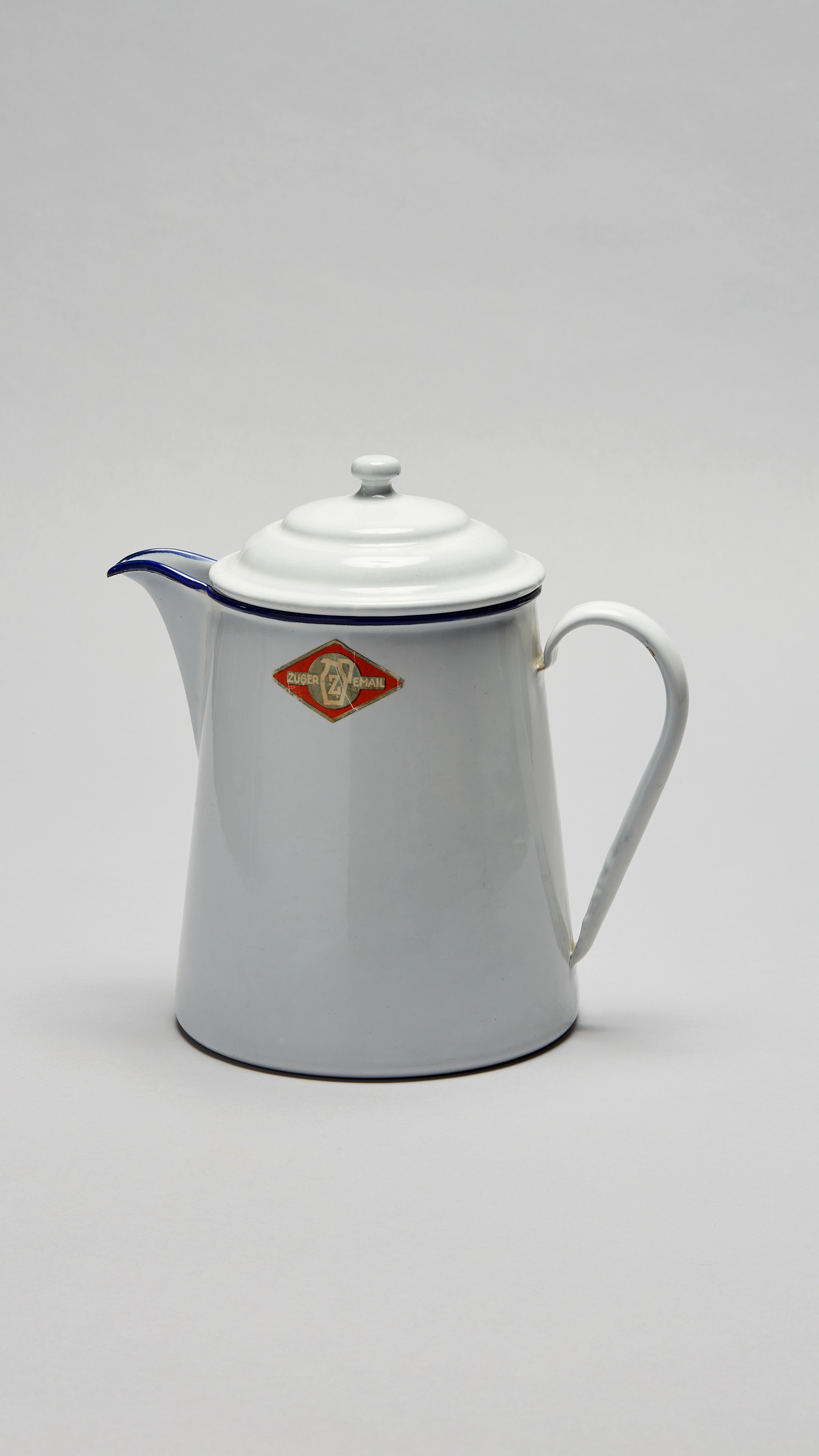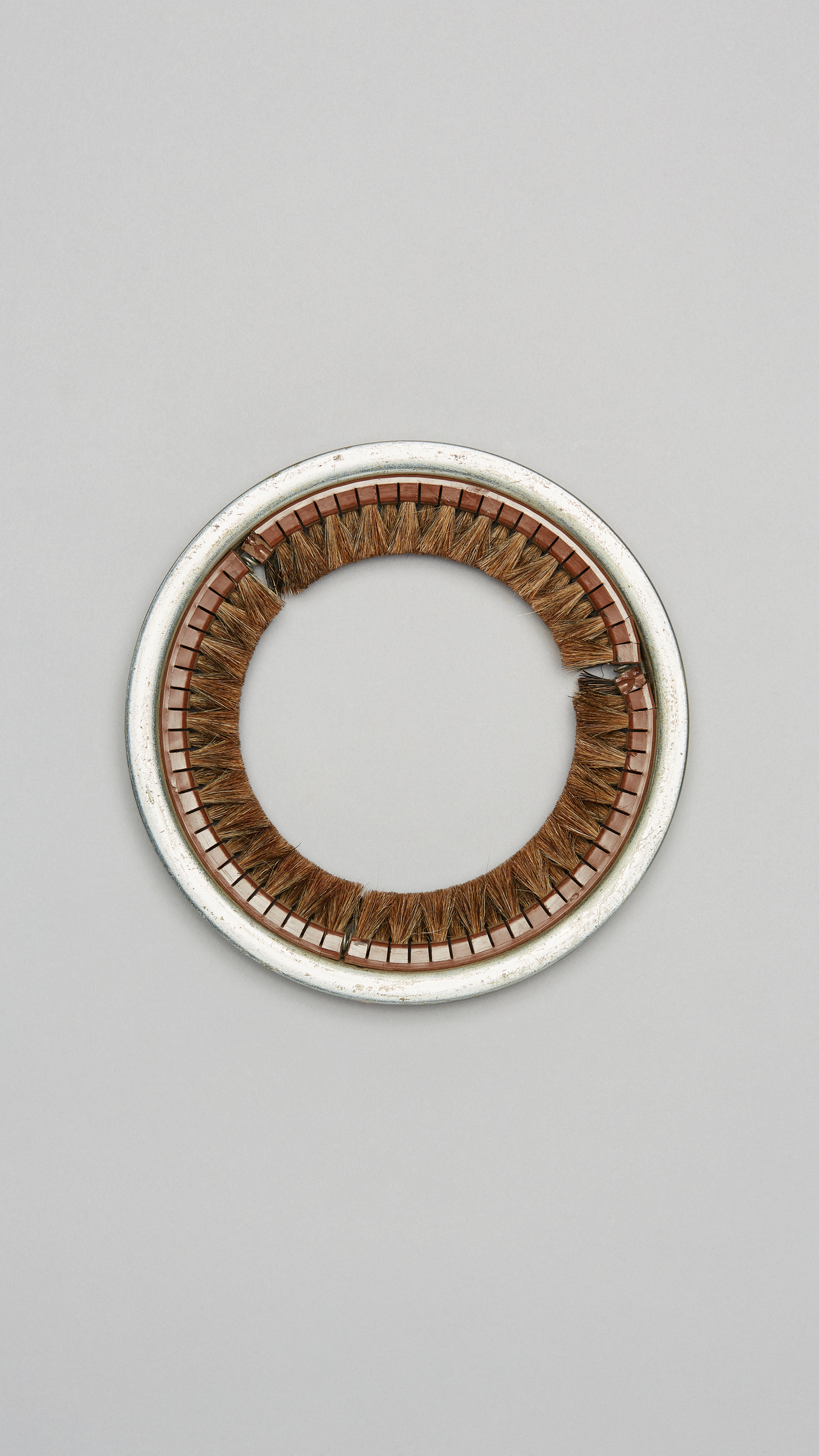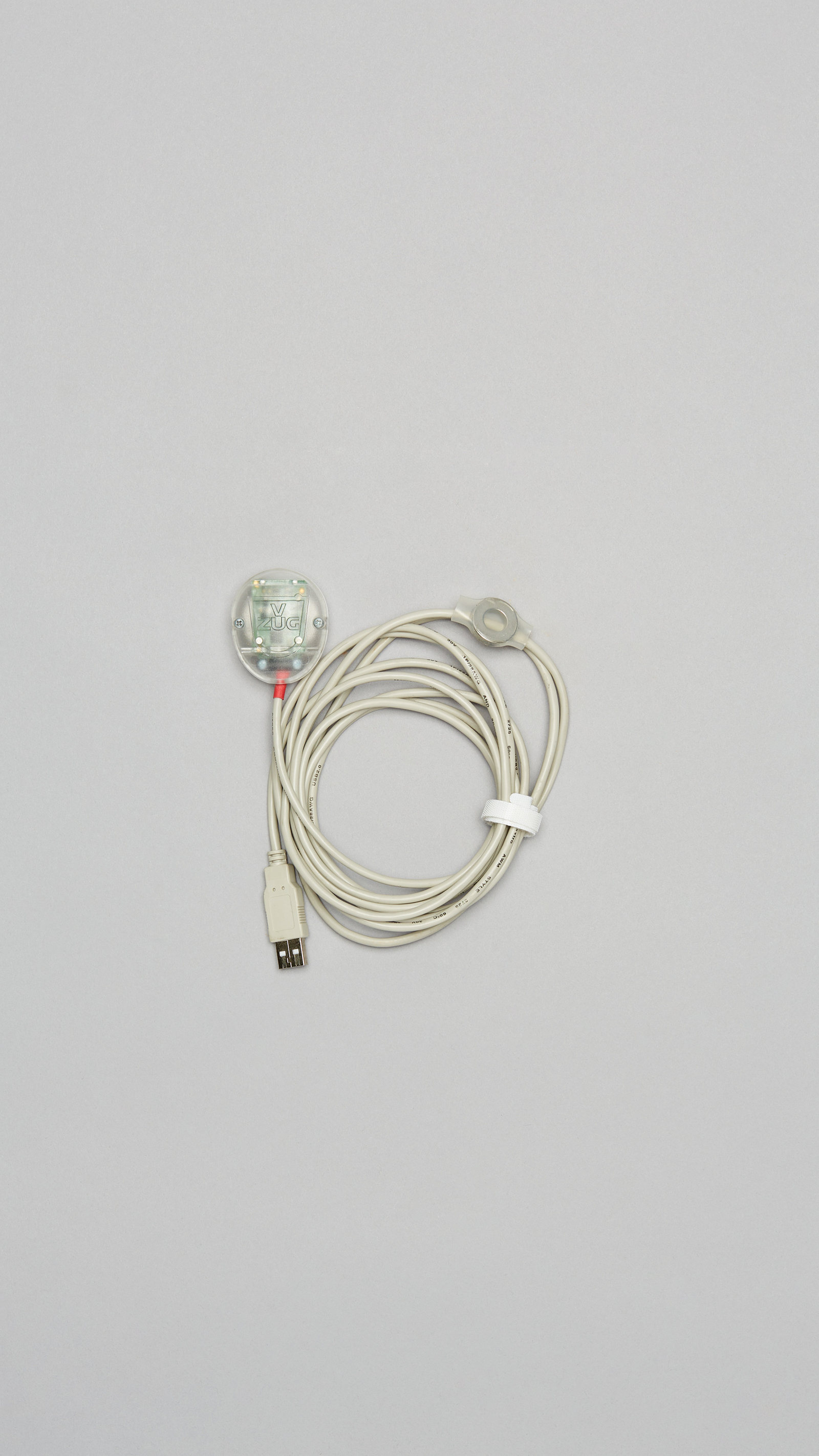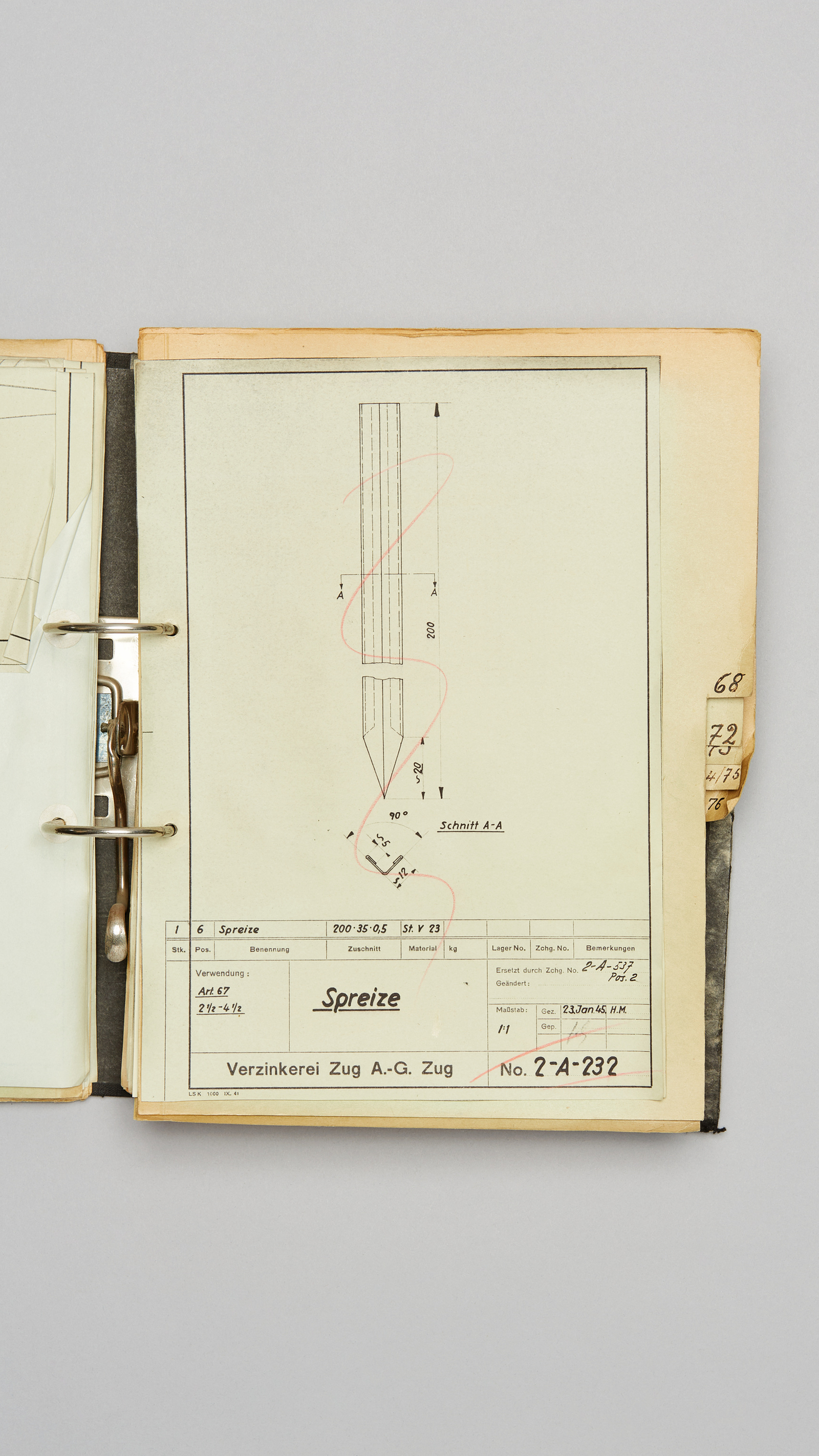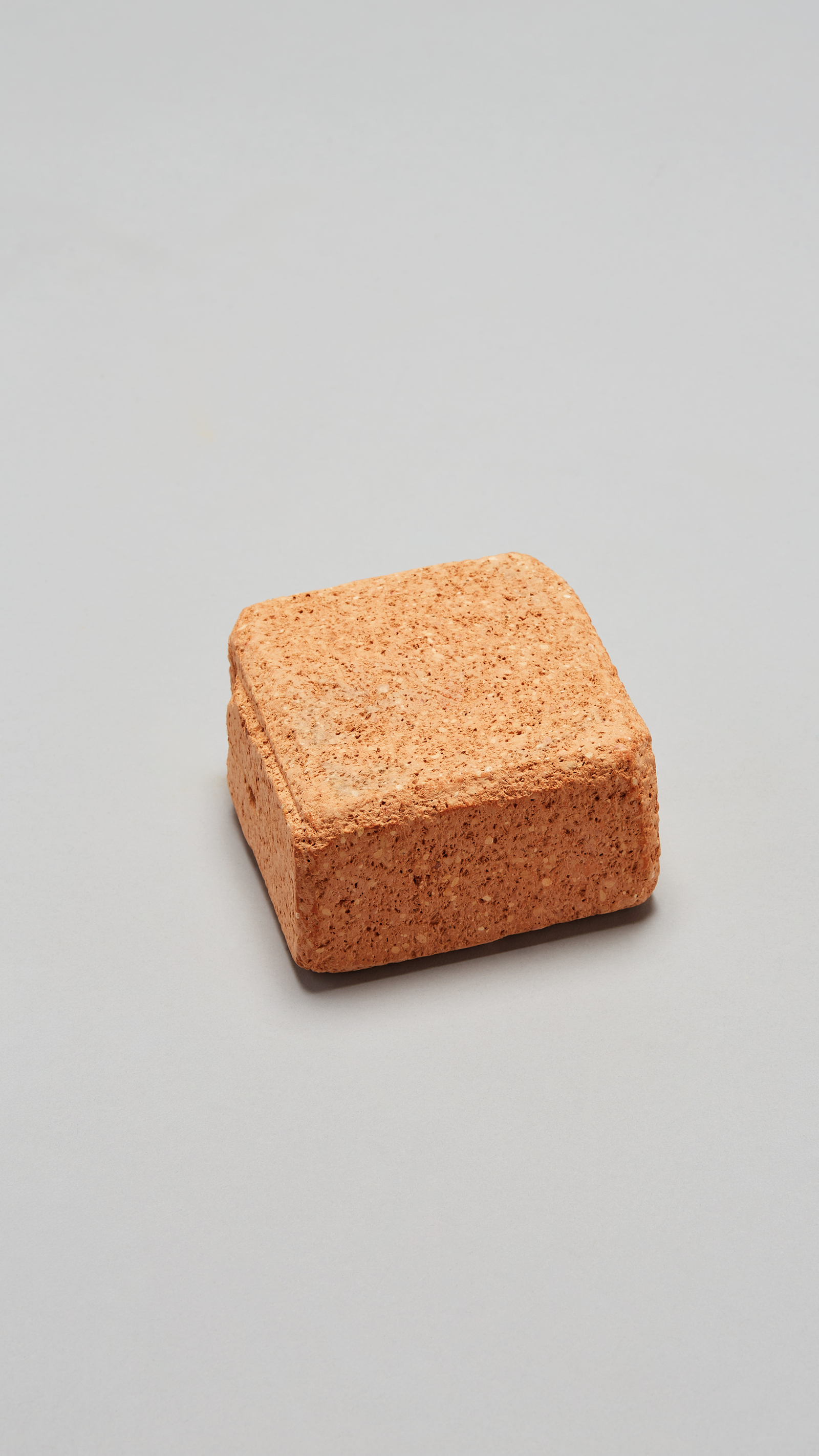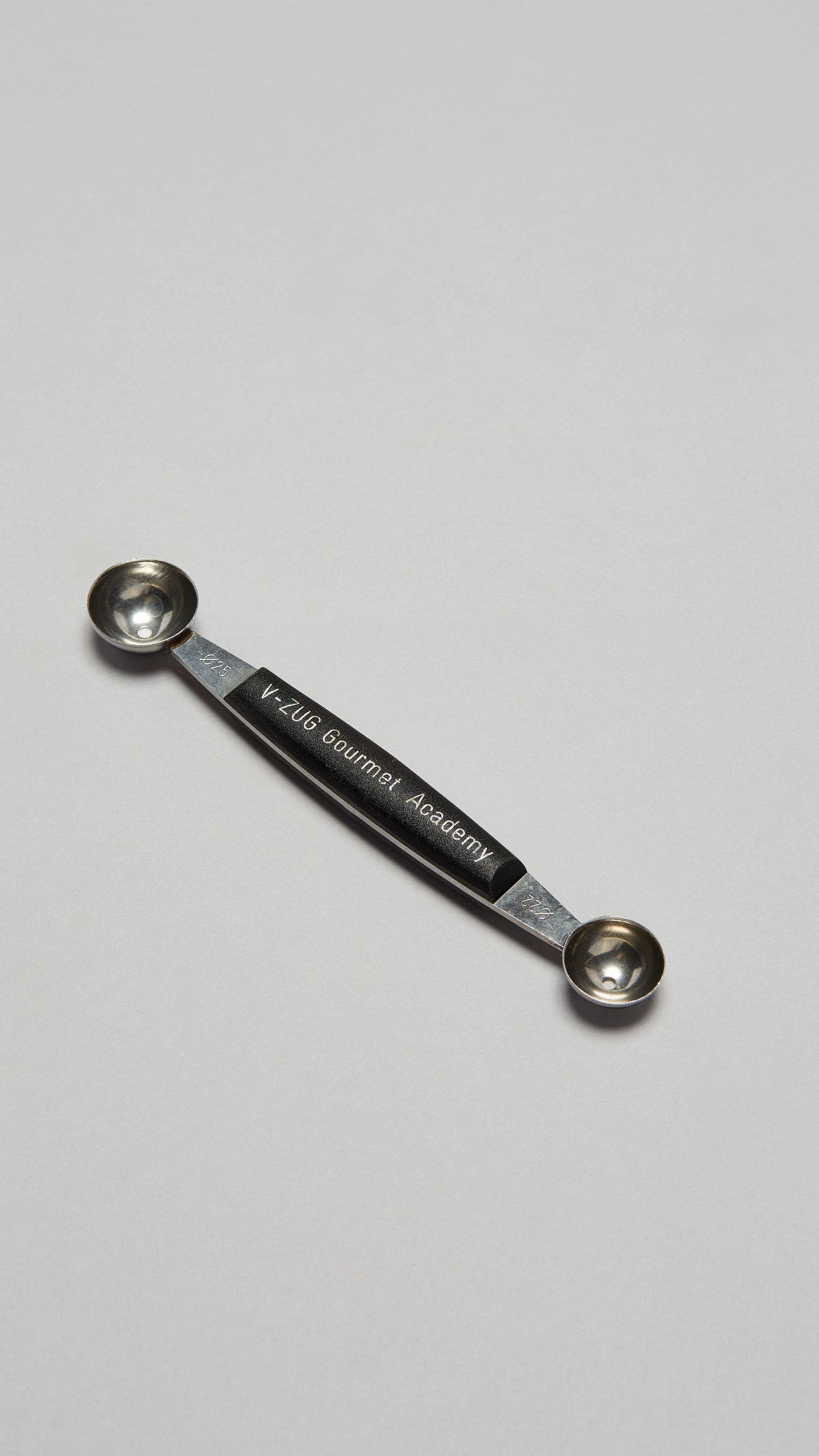
Creativity, agility, leadership, teamwork: these soft skills are often hailed as the keys to success in today’s marketplace. Yet, it’s when the abstract becomes tangible that a manufacturing company begins to thrive. A selection of objects and production tools found at V-ZUG’s headquarters, dating back from different eras of its history, remind us that ideas must take shape in order to become facts.
